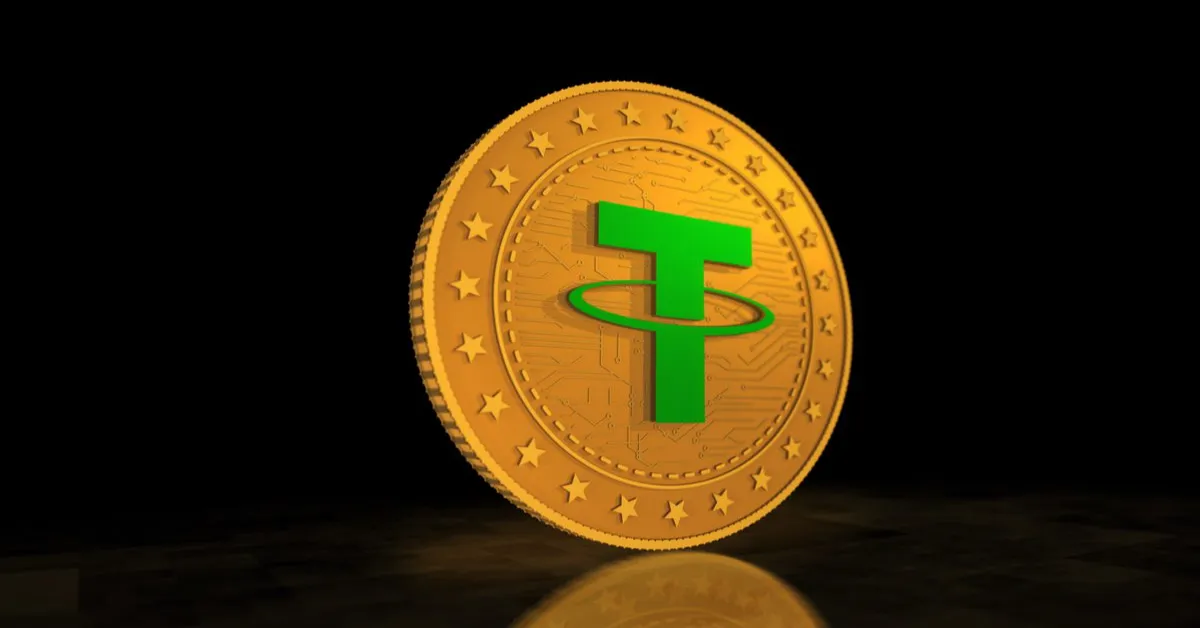
Two weeks ago, Tether made headlines about the improvement in its market capitalization and the fact that it managed to reverse a three-month downtrend.
However, a recent article in the Wall Street Journal (WSJ) claimed that Tether’s balance sheet is in such a humble state that its reserve asset could lose 0.3% in value. “Making Tether Technically Bankrupt.”
WSJ journalists Jean Eaglesham and Vicky Ge Huang, in their August 27 report, emphasized the volatile nature of Tether’s USDT reserves and its long-awaited audit that has been in the works since 2017.
Journalists suggested that such a “thin cushion of equity” could lead to a market catastrophe if Tether’s liabilities exceed its assets.
“A 0.3% fall in assets could render Tether technically insolvent — a development that skeptics warn could reduce investor confidence and spur an increase in redemptions,” they said.
So far, Tether’s website mentions that it has assets of $67.74 billion and liabilities of $67.54 billion, showing a difference of only $191 million.
Tether’s CTO Speaks Out
Tether CTO, Paolo Ardoino, understated the intensity of Tether’s tight margins. He told the publication that he expects its capital to “grow significantly over the next few months.”
Paolo said, “I don’t think we are at systemic risk in the cryptosystem.”
Ardoino informed the public that the firm managed to redeem $7 billion in just 24 hours during a recent crypto market crash, indicating that the company has had no issues redeeming customer funds.
Currently, 79.62% of its reserves are backed by cash, cash equivalents, other short-term deposits and commercial paper, according to Tether’s website. The remainder comprises 8.36% of other investments, including unspecified digital tokens, 6.77% in secured loans, and 5.25% in corporate bonds, funds and precious metals.
As per the report, Ardoino denied commenting on what Tether’s $5.6 billion worth of other investments consists of.
The nature of Tether’s reserves has been a lingering and dominant narrative in the crypto space due to the firm’s dealings with regulators over the market dominance of its stablecoin and alleged misrepresentations of its support for Tether in the past.
In February 2021, as part of an $18.5 million settlement with the Office of the New York Attorney General, Tether was legally required to publicly release its quarterly reports, breaking down the specific composition of its cash and non-cash reserves.
The WSJ also told Ardonio that Tether will “work on providing more transparency, and therefore, will soon switch to monthly reports.”
Supporting the same, Tether signed on with major accounting firm BDO Italia earlier this month to aid its reporting transparency targets by conducting independent attestations.
Notably, a full audit of the firm still needs to be done to dig further into Tether’s financial position and provide the full scope of its operations. According to John Reed Stark, former head of Internet enforcement at the Securities and Exchange Commission, “Tether needs an audit that is similar to a corporate colonoscopy, which tells investors everything about what is in their reserves.”
Tether Witnesses A Surge
Around August 16, the market capitalization of Tether (USDT) tokens increased by nearly $2 billion since the U.S. Treasury Department imposed sanctions on cryptocurrency mixer Tornado Cash.
One Twitter user suggested that users had moved approximately $1.6 billion worth of USDT to USDC following the Tornado cash sanctions.
“Investors transferred over $1.6 billion from #USDC to #USDT after Tornado Cash was blocked.”
At the time, Tether’s CTO – Paolo Ardoino also joked about the “flipping” of USDC-USDT. Twitter,


















